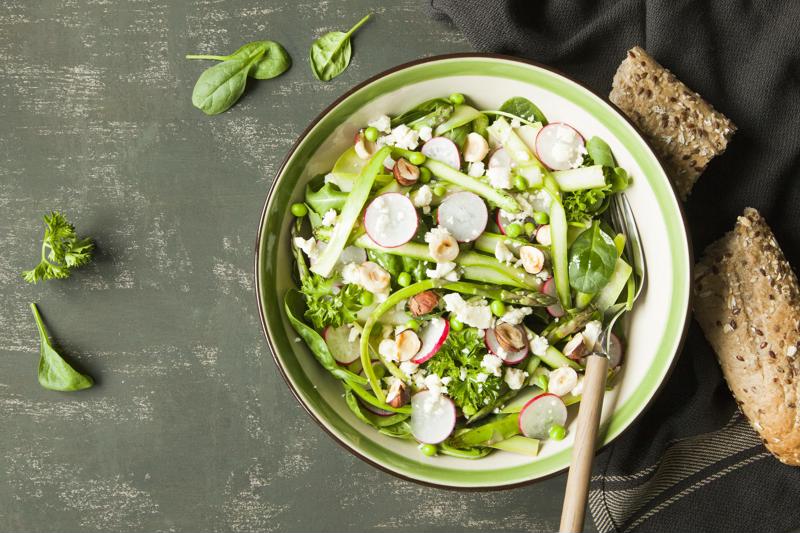For restaurants that pride themselves on only using locally sourced ingredients, seasonal menus aren't exactly optional. Instead, these restaurant owners need to work within the realm of what's growing or otherwise available at throughout the year.
Fortunately for culinary students enrolled in our Austin campus, the summers are long, hot and humid, and the winters are short and mild. Depending on the season, there's always an ample supply of local ingredients to factor into your menu. The trick to crafting great seasonal menus is to know exactly what ingredients are available at any given time, and having a creative vision for how you'll use them in unique ways.
As greater emphasis is placed on using sustainable, locally sourced ingredients, culinary students in Texas who get a better understanding of the state's growing seasons and the dynamics of sourcing from local suppliers invariably put themselves at an advantage. With this in mind, let's explore the Lone Star State's different growing seasons.
Year round
One of many advantages of living in a warm southern climate is that a lot of produce is grown year round. In Texas, that includes the likes of:
- Mushrooms.
- Cabbage.
- Carrots.
- Celery.
- Peppers.
- Various types of greens.
According to The Spruce Eats, potatoes, sweet potatoes and turnips also have extended growing seasons, which means they can also often be found in all seasons from local growers. It's also worth pointing out that many ingredients can still be grown indoors year-round. You may end up paying a premium for these, and it will certainly be harder finding growers who can accommodate the demand for out-of-season ingredients, but the option isn't off the table.
Fall
In Austin, the first frost is usually in early November, typically around the fifth of the month, according to the USDA. After this, ingredients such as apples, pears and grapes will be much harder to come by until well after the final frost, which is usually in mid-February.
Between late September and mid-December, restaurants can expect harvests for all of the following:
- Cauliflower.
- Broccoli.
- Citrus fruits, including grapefruit, oranges and tangerines.
- Melons of all varieties.
- Pears (usually until the end of November).
- Beets.
- Cucumbers.
- Okra (earlier in the season).
- Peanuts.
- Tomatoes (earlier in the season).
- Onions (earlier in the season).
- Shallots.
- Winter squash.
- Summer squash (earlier in the season)
- Zucchini.
- Pumpkins.
- Pomegranates.
Winter
Many of the same ingredients harvested in spring continue to be harvested through the winter. These include citrus, cauliflower, broccoli, beets, shallots, winter squash, melons, pumpkins and pomegranates. Spinach is also grown in the winter. So are many of the aforementioned, year-round ingredients, with peak spinach season hitting at around January and going into May.
 In Texas, fresh, locally sourced produce is available year round.
In Texas, fresh, locally sourced produce is available year round.Spring
In spring, fall and and winter, produce like pumpkins, winter squash, shallots and citrus will start to taper off, while others, such as spinach and melons, stay strong. Meanwhile, you might start to see suppliers offering more of the following:
- Fava beans.
- Onions.
- Sweet onions.
- Berries.
Summer
From late spring into summer, be on the lookout for:
- Cherries.
- Figs.
- Berries (through July).
- Chiles (Austin holds its famous hot-sauce festival in late August).
- Okra.
- Grapes (late summer).
- Pears (late summer).
- Peaches and plums.
- Chickpeas.
- Summer squash.
- Tomatoes.
- Apples.
- Corn.
Putting it all together
That's a lot of availability, which makes it easier for Austin culinary students to craft seasonal menus. The hard part, however, is taking those seasonal ingredients and using them in new and exciting ways – and pairing them with seasonal cocktails and dessert menus. This is partly derived from knowing what local vendors have available, and partly the result of culinary trial and error.
At our Austin culinary school campus, you get the best of both worlds. Our program has a special focus on using locally sourced ingredients to create new and interesting dishes, and craft excellent seasonal menus.

